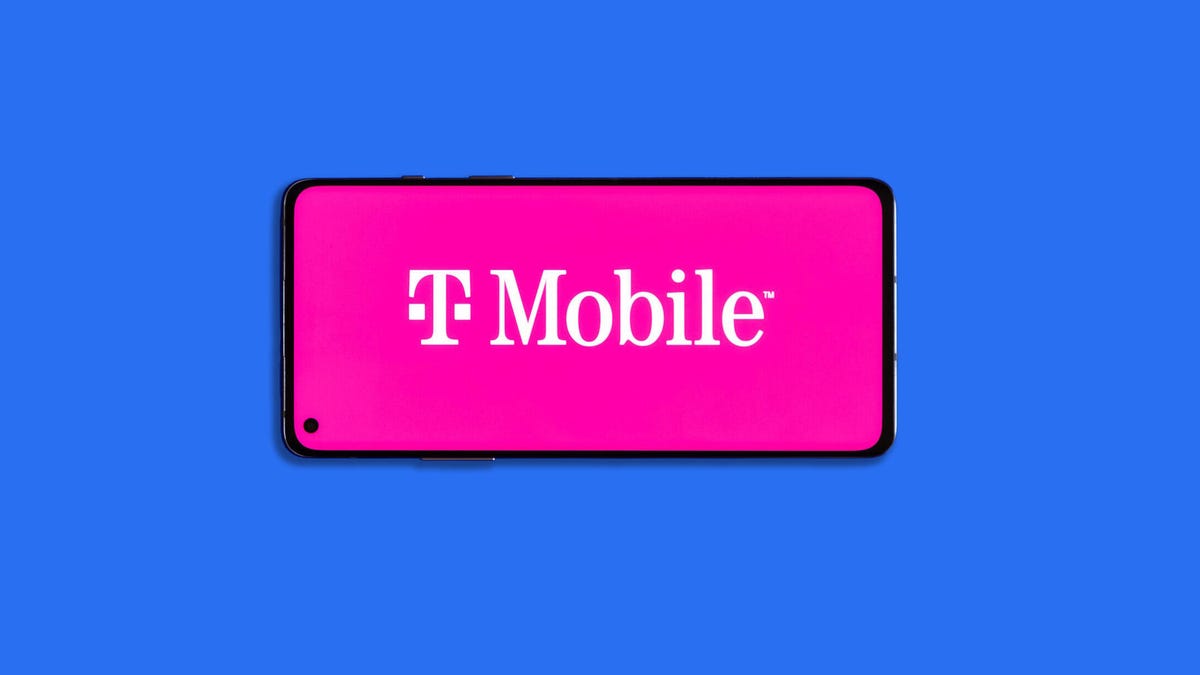
Traveling with your phone has gotten better in recent years, but it can still get costly in a hurry. While roaming in Canada and Mexico is included by all three major US carriers, going beyond North America can be expensive, particularly if you want faster than 3G or 2G speeds that aren’t helpful for much more than light messaging and email checks.
The rise of the eSIM has similarly made the need to hunt down a physical SIM card a thing of the past. With the increased length of installment plans you may actually save money by paying the roaming fees and keeping your trade-in credits for more valuable things than paying to unlock your phone.
Using your phone internationally is no longer is as simple as just popping in a different SIM card.
Sound confusing? Let’s try and clear things up.
What are the best phone plans with international roaming?
While we’re going to focus this section on US carriers, many of the other tips could be applied to those traveling in from other countries.
In the US, the best plan for frequent globe trotters is Verizon’s Unlimited Ultimate. The carrier’s latest, most premium unlimited plan takes a page from T-Mobile’s playbook and includes international texting and data in over 210 countries (neither includes voice, though you can get around that by using WhatsApp, FaceTime or other messaging apps’ voice-calling features).
Verizon, unlike T-Mobile, lets you “mix and match” plans for different lines on your account. So you can have one line on Ultimate for the month when you’ll be traveling while keeping the other lines on more affordable Unlimited Plus or Welcome options. You can also lower the line on an Ultimate plan down to a more affordable one when you aren’t traveling. Though if you also get an upgrade during this time, moving away from the Ultimate plan could affect that deal.
Additional details:
- US network: Verizon.
- High-speed data: Unlimited in US, 2GB a day in Canada and Mexico (then “3G” speeds), 10GB a month in over 210 countries (then “2G speeds”).
- Price: $90 per month for one line, $210 per month for four lines (with auto-pay and paper-free billing, assuming all lines are on Ultimate).
In addition to international talk, text and data, Unlimited Ultimate also includes 60GB of mobile hotspot use in the US and Verizon’s highest discounts on new devices. There’s also unlimited talk and text from the US to Canada, Mexico and “one additional country of your choice.” There are no streaming services included, though you can add a number of options, including the Disney bundle and Apple One for $10 per month, per “perk.”
Verizon, unlike T-Mobile, lets you “mix and match” which plans are for which lines on your account. So you can have one line on Ultimate for the month when you’ll be traveling, while keeping the other lines on more affordable Unlimited Plus or Welcome options. You can also lower the Ultimate line down to a more affordable plan when you aren’t traveling.
While T-Mobile includes texting and Wi-Fi on a variety of airlines with its top tier Go5G Next, Go5G Plus and Magenta Max offerings, we give this edge to Verizon as it includes 10GB of high-speed data per month compared to 5GB from T-Mobile. Both carriers will drastically slow you down to painfully slow 2G-like connections once you pass their respective high-speed data thresholds, but at least Verizon’s plan buys you more runway.
Those not looking for the top unlimited plan, or who don’t travel regularly, should consider T-Mobile’s Go5G or Magenta plans, which also include international texting and data, though that 5GB of high-speed data only available in 11 European countries.
T-Mobile requires all plans on an account to be on the same plan. So if only one line needs international data and you’re on a regular Go5G or Magenta plan, you should consider the MaxUp or PlusUp $15 per line add-on, which can boost your international data for the lines traveling without forcing everyone else to pay more.
Additional details:
- US Network: T-Mobile.
- High-speed data: Unlimited in the US, 5GB of high-speed data in over 215 countries (then 2G-like speeds of 256Kbps), 5GB of high-speed data in Canada and Mexico for Magenta Max/15GB for Go5G Plus (then 2G-like speeds).
- Price: $85 per month for one line (Magenta Max) lines, $90 per month for one line of Go5G Plus. For three lines Magenta Max is $200 per month, Go5G Plus is $185 per month.
In addition to international data, T-Mobile’s plans also include plenty of high-speed hotspot data in the US (40GB on Magenta Max, 50GB on Go5G Plus), in-flight texting and Wi-Fi, as well as subscriptions to Netflix and Apple TV Plus. T-Mobile’s plans also include taxes and fees in their prices.
Some additional notes: T-Mobile requires all plans on an account to be on the same plan. If only one line needs international data you should consider Magenta (if you only have one or two lines) or Go5G (if you need three or more lines), with the MaxUp or PlusUp $15 per line add-on. This will let your other lines get a cheaper rate while allowing you to bolster your international data to tap into the Go5G Plus or Magenta Max offerings for the lines that need it.
And as mentioned, T-Mobile’s plans for one or two lines are cheaper under the Magenta option while promotions have made the Go5G plans better for those looking for three or more lines.
If you frequently travel to Latin America, AT&T’s Unlimited Premium could be the best option. The carrier includes roaming in Mexico and Canada with its unlimited plans, but for its top unlimited plan it also includes unlimited high-speed data, as well as unlimited talk and text in 19 Latin American countries.
Additional details:
- US Network: AT&T.
- High-speed data: Unlimited in the US, unlimited in Mexico and Canada (though could be at “2G speeds”), unlimited high-speed data in 19 Latin American countries.
- Price: $85 per month for one line, $200 per month for four lines.
AT&T’s top unlimited plan also includes 50GB of high-speed hotspot data. Like Verizon, the carrier also lets you put each line of your account on different unlimited plans. So if only one line out for your four is traveling to a Latin American country, you can put them on Premium and the rest on more affordable options like Unlimited Starter.
Travel phone plan FAQs
What if I don’t want to change my plan?
While T-Mobile has long included even slow international data in its plans, AT&T and Verizon largely haven’t. For most plans, adding this functionality will cost extra. The good news is that both have gotten a lot better on roaming rates that, depending on your trip, it could make sense to do this rather than going through the process of unlocking, finding a local SIM card and playing that game (we’ll get to this more in a moment).
In the past, roaming was charged on a per-megabyte or -gigabyte used system, which could quickly lead to bills worth hundreds of dollars (or more). Today, both Verizon and AT&T allow you to roam with unlimited talk, text and high-speed data for $10 per day on many of their respective unlimited plans.
If you’re traveling with a family plan, AT&T will only charge that $10 to one of the lines with other members being billed at $5 per day — and it’ll only bill you for 10 days, per line per billing cycle. So if you have one line with AT&T and are traveling for two weeks, you could only end up paying $100 instead of $140 for international roaming (though if your AT&T bill resets during that window, you’d be on the hook for those days since the clock starts each billing cycle).
Verizon doesn’t cap the number of days it will charge you, but it does offer a couple of different options. One is its TravelPass perk, something that is offered as part of its latest unlimited plans. With this, you can get three days of international roaming for $10 per month. If you don’t use those days, you could roll them over (and bank up to 36 of them). You can similarly add it for the month you’re traveling, save a little there and then get rid of the perk for all the other months you wouldn’t be using it.
Verizon also offers a $100 monthly plan option that lets you get unlimited texts and data as well as 250 minutes for traditional calling (as opposed to using a messaging app like WhatsApp or FaceTime). Of the data, 20GB will be at “high speed” and the rest at “3G speeds.” Note that with this plan you will need to remove it manually or else risk it being a recurring charge on your bill every month.
T-Mobile similarly offers the option to buy high-speed data “international passes.” It has a few options here, including a 15GB of high-speed data option (to be used “up to 30 days”) running $50 for the month.
Roaming vs. local SIM cards
The big reason we’re focusing on roaming is because one of the most common ways US consumers still buy their phones is through wireless carriers and installment plans. To keep people from taking advantage of subsidized phones and then leaving for other providers, the carriers “lock” their phones to their networks until you finish the 24- or 36-month installment plans.
Each carrier has different policies on when they unlock. Verizon’s is the best and it will automatically unlock your phone after 60 days. T-Mobile will automatically unlock phones after their installment plans are paid off, which normally is two years at the carrier. AT&T is the worst: Like Verizon, its installment plans are 36 months and even after that period you will still need to actually reach out to the carrier to have it unlock your device. We covered all of this here.
You could pay off the balance owed on your device to get your carrier to unlock it sooner, but doing so would forfeit the bill credits and the deal you likely got when you upgraded or switched. For example, if you purchased an iPhone 14 at AT&T last year and took advantage of its trade-in deal, paying off that phone early to unlock it would require you to shell out hundreds of dollars now and give up the deal you were given. And then you would still need to go out and get international service on top of that while still keeping your local service for when you return home.
Depending on your situation this could make sense. If, for instance, you’re traveling abroad for a couple of months and only have a month or two left on your installment plan, paying the $50 or so to your carrier to unlock your phone early so you can get a cheaper phone plan while away could make sense. But you’ll want to check what you owe by heading into your account on your carrier’s website and do the math before rushing to pay everything down and unlocking.
What if I have an unlocked phone?
If you have an unlocked device, looking at a local SIM card could be much cheaper. eSIM options, which allow you to virtually add a SIM card to your phone, mean you could load up a local provider’s SIM card into your phone through apps like Airalo or Ubigi before you even leave home, so you’ll be good to go once you reach your destination.
While Apple has made eSIM more commonplace after ditching the physical SIM card slot in US iPhones with the iPhone 14 line, it has actually included the technology in iPhones dating back to 2018’s iPhone XS and XR devices. A number of Samsung, Google and other Android phones have also long supported eSIMs as well.



